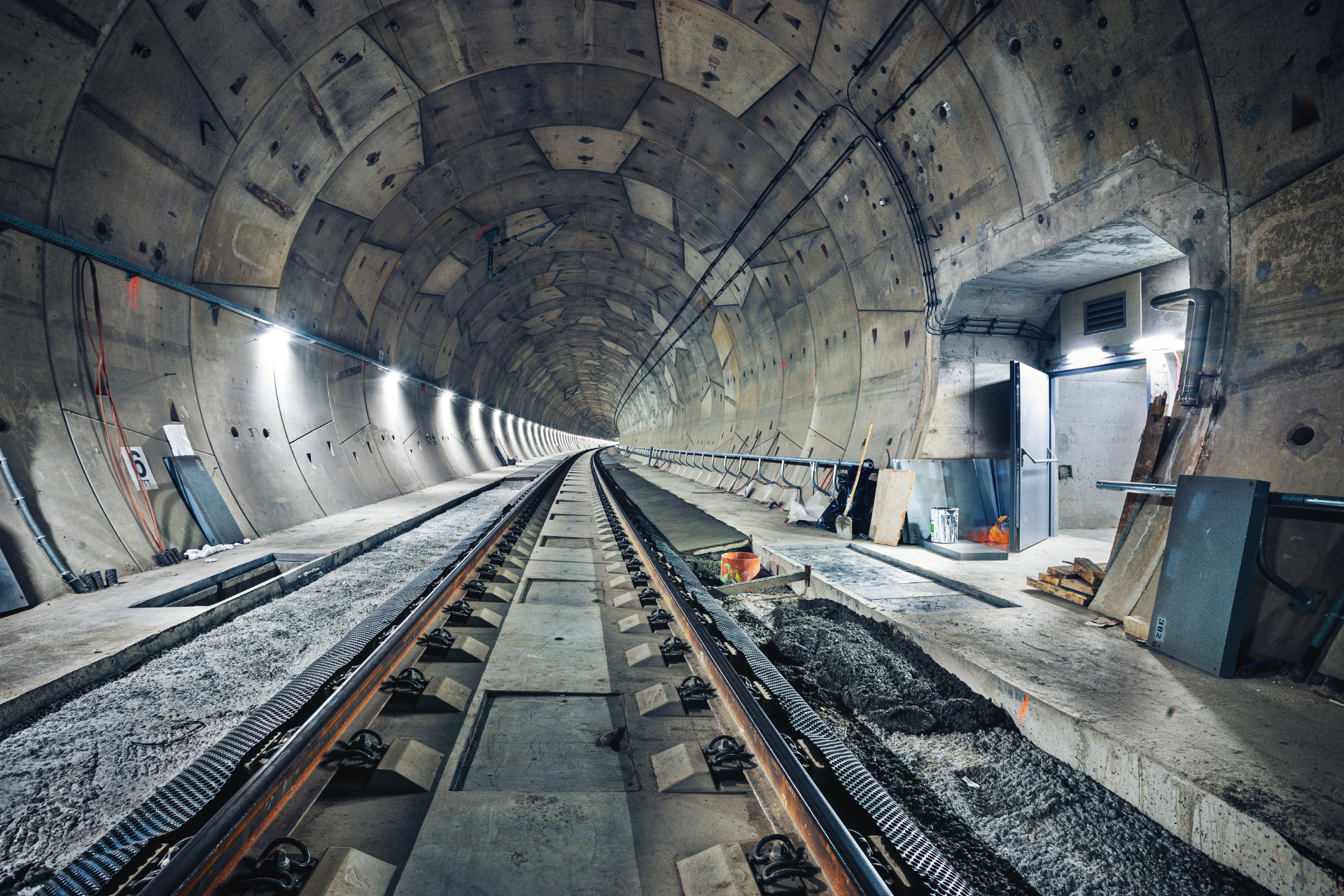March 19, 2025
Rail infrastructure projects are among the most complex and capital-intensive undertakings in the modern world, requiring vast financial investment, meticulous planning, and the coordination of numerous stakeholders. Yet, despite extensive feasibility studies and carefully projected budgets, large-scale rail projects frequently exceed their original financial estimates, often by billions of pounds. Understanding the reasons behind these budget overruns is crucial for governments, private investors, and industry professionals seeking to improve efficiency, enhance cost control, and deliver rail networks that are both financially and operationally sustainable. One of the most significant factors contributing to cost overruns in rail infrastructure is the sheer complexity of large-scale projects, which must account for engineering challenges, unforeseen environmental conditions, and regulatory requirements that may evolve over time. Many projects require the construction of tunnels, bridges, and viaducts, each of which presents unique geotechnical difficulties that can lead to delays and increased costs. In urban environments, for example, excavation work often uncovers archaeological remains, hazardous materials, or unstable ground conditions that were not fully accounted for during initial surveys, forcing project teams to revise their strategies and allocate additional funding. Furthermore, when infrastructure projects require coordination between multiple jurisdictions, lengthy approval processes and changing government policies can add layers of bureaucracy that further escalate costs. Another critical issue is the underestimation of material and labour expenses at the outset of a project, which can lead to budget shortfalls as work progresses. While initial cost estimates are based on projected prices for steel, concrete, and other raw materials, fluctuating global markets can cause significant price increases, especially during periods of economic uncertainty or supply chain disruptions. Additionally, the skilled workforce required for rail infrastructure development is often in high demand, meaning that wages and contractor fees can rise beyond initial projections. In some cases, prolonged delays due to labour shortages, strikes, or contractual disputes further exacerbate financial pressures, leading to cost increases that were not originally anticipated. Beyond material and labour expenses, another major contributor to budget overruns is the frequent scope expansion that occurs during the development of rail infrastructure. Governments and transport authorities often revise project specifications to accommodate growing passenger demand, integrate new technologies, or enhance sustainability measures. While such adaptations may improve the long-term viability and functionality of a railway, they also add significant costs that were not part of the original financial framework. The integration of advanced signalling systems, electrification upgrades, or additional station infrastructure, for example, can require significant redesigns that increase both the timeline and overall expenditure of a project. Risk management and contingency planning also play a crucial role in determining whether a project remains within budget, yet these elements are often insufficiently accounted for in the early planning stages. While many rail projects include built-in contingencies to absorb unforeseen costs, these buffers are sometimes inadequate in the face of escalating challenges. Cost estimates may be based on overly optimistic assumptions, with some stakeholders eager to present politically or commercially attractive figures to secure funding and public support. When the actual cost of delivery exceeds these initial estimates, governments and investors are left facing difficult decisions, including whether to inject additional funding, scale back project scope, or in some cases, delay or cancel portions of the development. In addition to financial and logistical factors, public and political pressures can also contribute to cost escalations in rail projects. Large-scale infrastructure developments often attract intense scrutiny from the media, the public, and opposition parties, leading to calls for additional environmental impact assessments, community consultations, and safety reviews. While such processes are essential for ensuring responsible and transparent development, they can extend project timelines and necessitate further spending to address newly raised concerns. Political changes, such as shifts in government leadership or policy priorities, may also result in the introduction of new regulations or funding reallocations that further complicate financial planning. Addressing the issue of cost overruns in rail infrastructure requires a multi-faceted approach that prioritises realistic budgeting, comprehensive risk assessment, and adaptive project management. Governments and private stakeholders must invest in thorough preliminary studies, employ cutting-edge predictive modelling tools, and ensure that contingencies are robust enough to withstand unexpected challenges. Additionally, fostering greater transparency in budget forecasting, improving contract structures, and adopting more agile procurement processes can help mitigate the risk of spiralling costs. By learning from past projects and embracing innovative construction methods, the rail industry can work towards delivering infrastructure that is not only sustainable and efficient but also financially viable in the long term. While cost overruns in rail infrastructure projects may never be entirely eliminated due to the inherent uncertainties of large-scale development, a more proactive and informed approach to financial management can help ensure that projects are completed within reasonable budgetary constraints. As demand for rail transport continues to rise globally, the ability to deliver high-quality infrastructure without excessive financial burdens will remain a defining factor in shaping the future of sustainable and accessible railway networks. At Deploy, we understand that delivering large-scale rail infrastructure requires not only technical expertise and financial oversight but also a highly skilled and adaptable workforce. As specialists in rail and infrastructure recruitment, we connect businesses with the right talent to navigate complex projects, ensuring efficiency, safety, and compliance at every stage. Whether you need experienced engineers, project managers, or specialist rail professionals, our tailored recruitment solutions help you build a workforce that can meet the demands of today’s rail industry. Get in touch with Deploy to find out how we can support your next project.







